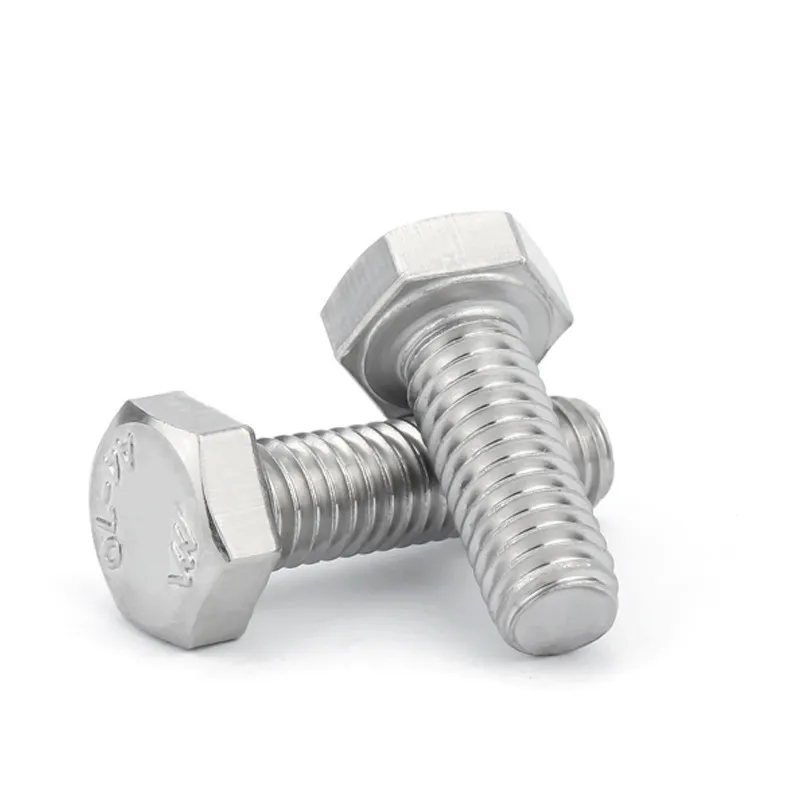

screw rod
Nov . 05, 2024 21:00 Back to list
screw rod
Understanding the Screw Rod An Essential Component in Mechanical Engineering
The screw rod, often referred to as a screw thread or screw shaft, is a vital mechanical component widely used in various applications ranging from simple devices to complex machinery. Its importance can be observed across several industries, including automotive, aerospace, construction, and manufacturing. This article aims to explore the fundamentals of screw rods, their types, applications, and the principles governing their functionality.
What is a Screw Rod?
A screw rod is a cylindrical rod featuring helical grooves or threads along its surface. These threads facilitate the conversion of rotational motion into linear motion, allowing for the secure fastening and movement of parts in machinery. Essentially, a screw rod operates under the principle of a screw, where the inclined plane (the thread) is wrapped around a cylinder, transforming circular motion into linear force.
Types of Screw Rods
Screw rods come in various types, each designed for specific applications. The most common types include
1. Metric Screw Rods These rods are standardized in millimeters, commonly used in mechanical systems within Europe and other regions that utilize the metric system. 2. Imperial Screw Rods Predominantly used in the United States and parts of Canada, these rods are measured in inches and follow imperial unit standards.
3. Acme Screw Rods With a trapezoidal thread profile, these rods offer higher strength and are commonly found in applications requiring significant load handling, such as vises and lead screws in machines.
4. Ball Screw Rods This advanced type uses ball bearings to minimize friction between the screw and the nut, providing high efficiency and smooth motion. These are often used in CNC machines and precise positioning systems.
Applications
screw rod

Screw rods play an important role in various applications. Here are several prominent examples
- Automotive Industry In vehicles, screw rods are utilized in power steering mechanisms, window lifters, and sunroof controls. They ensure smooth operation under varying loads and conditions.
- Aerospace Screw rods are critical in aircraft manufacturing and assembly, particularly in landing gear mechanisms, actuation systems, and control surfaces, where precision and reliability are paramount.
- Construction Equipment Lifting devices, such as jacks and cranes, often rely on screw rods to raise and lower heavy loads safely and efficiently.
- Industrial Machinery In manufacturing, screw rods are found in conveyor systems, assembly lines, and robotics, where they facilitate motion control and automation.
Principles of Operation
The operation of screw rods is grounded in basic physics principles. The incline of the threads converts rotational force into linear movement. The efficiency depends on several factors, including thread pitch (the distance between threads), diameter, and material strength. The friction generated during operation can significantly affect performance, which is why materials and lubrication are chosen carefully in design.
Understanding the geometry of screw rods is also essential for ensuring compatibility with nuts and other fastening components. Inadequate alignment can lead to wear, slippage, or failure of the mechanical system.
Conclusion
In summary, the screw rod is a fundamental element in mechanical design, bridging the gap between rotational and linear motion. Its various types serve a multitude of purposes across different industries. As technology advances, the design and materials used for screw rods continue to evolve, enhancing their performance and expanding their applications. A solid grasp of the principles governing screw rods is essential for engineers and manufacturers seeking to optimize their designs for efficiency, safety, and reliability. Whether in automotive, aerospace, or industrial settings, screw rods remain indispensable in the realm of mechanical engineering.
Latest news
-
Hot Dip Galvanized Bolts-About LongZe|High Strength, Corrosion Resistance
NewsJul.30,2025
-
High-Strength Hot Dip Galvanized Bolts - Hebei Longze | Corrosion Resistance, Customization
NewsJul.30,2025
-
Hot Dip Galvanized Bolts-Hebei Longze|Corrosion Resistance&High Strength
NewsJul.30,2025
-
High-Strength Hot-Dip Galvanized Bolts-Hebei Longze|Corrosion Resistance&High Strength
NewsJul.30,2025
-
Hot Dip Galvanized Bolts-Hebei Longze|Corrosion Resistance&High Strength
NewsJul.30,2025
-
Hot Dip Galvanized Bolts - Hebei Longze | Corrosion Resistance, High Strength
NewsJul.30,2025

